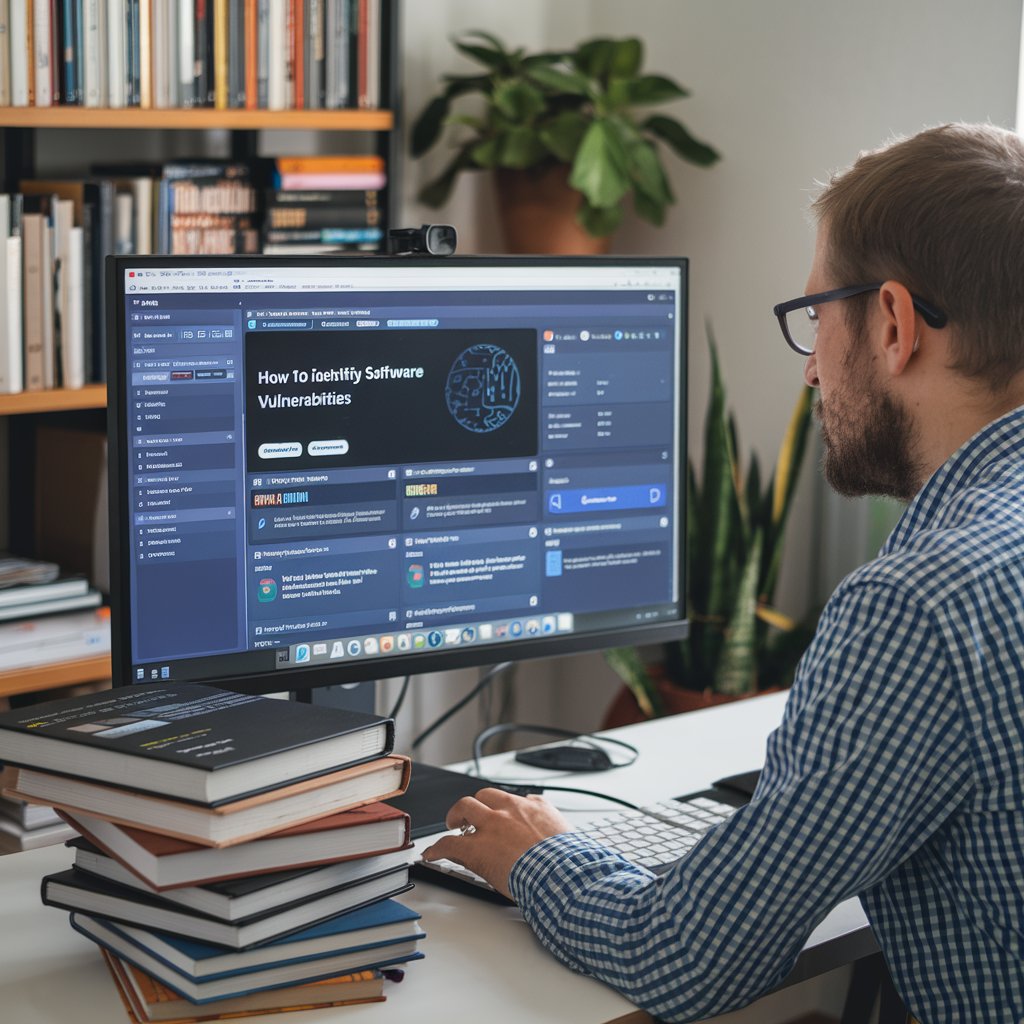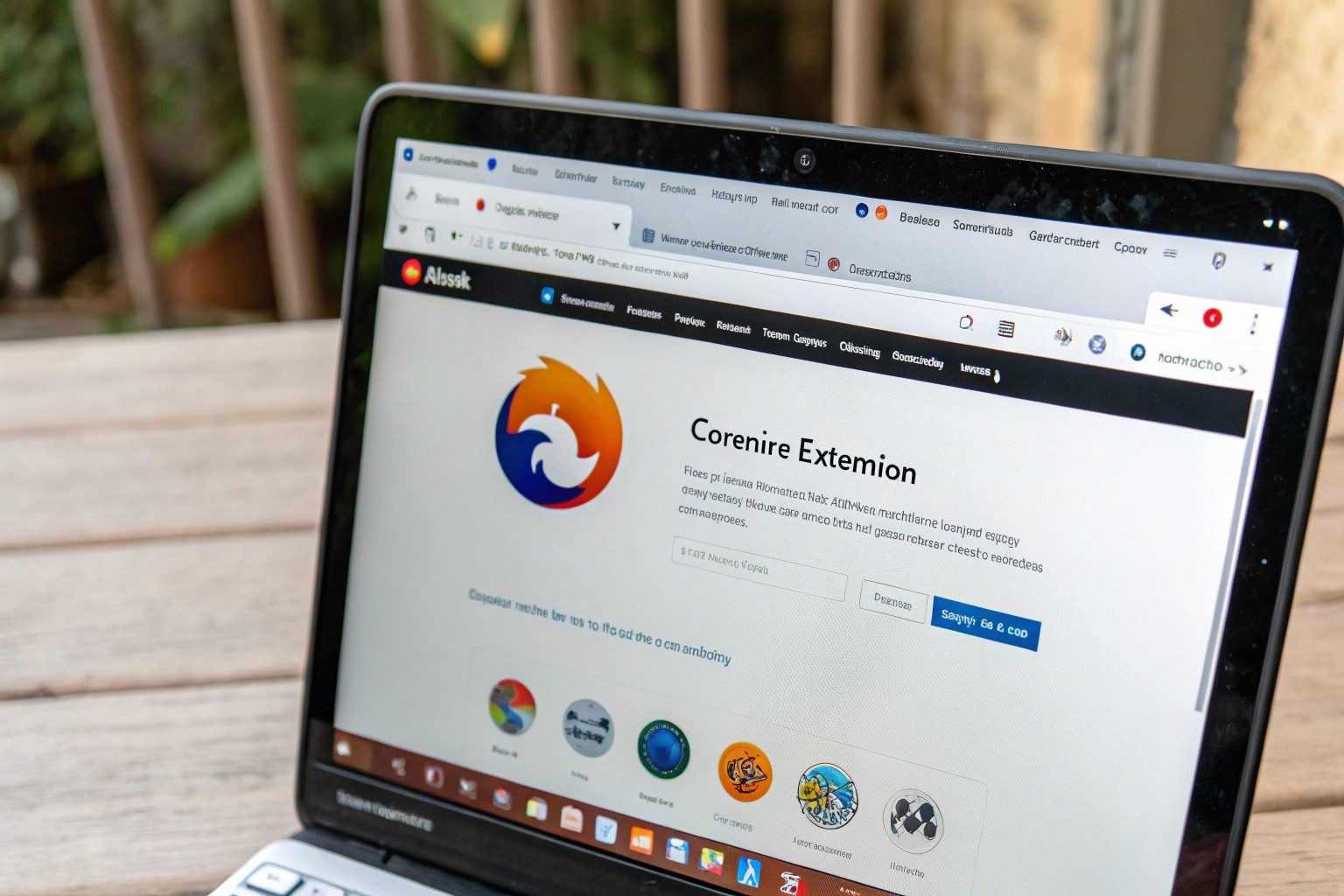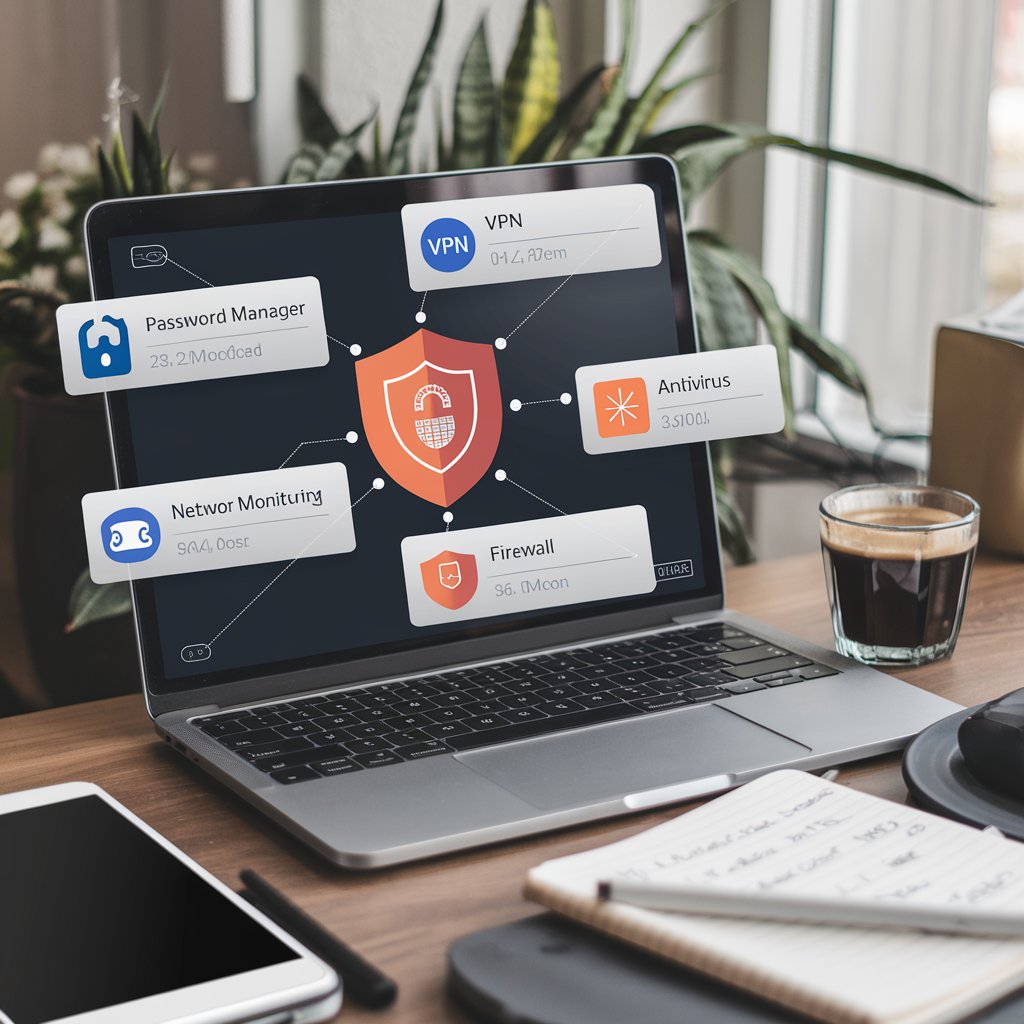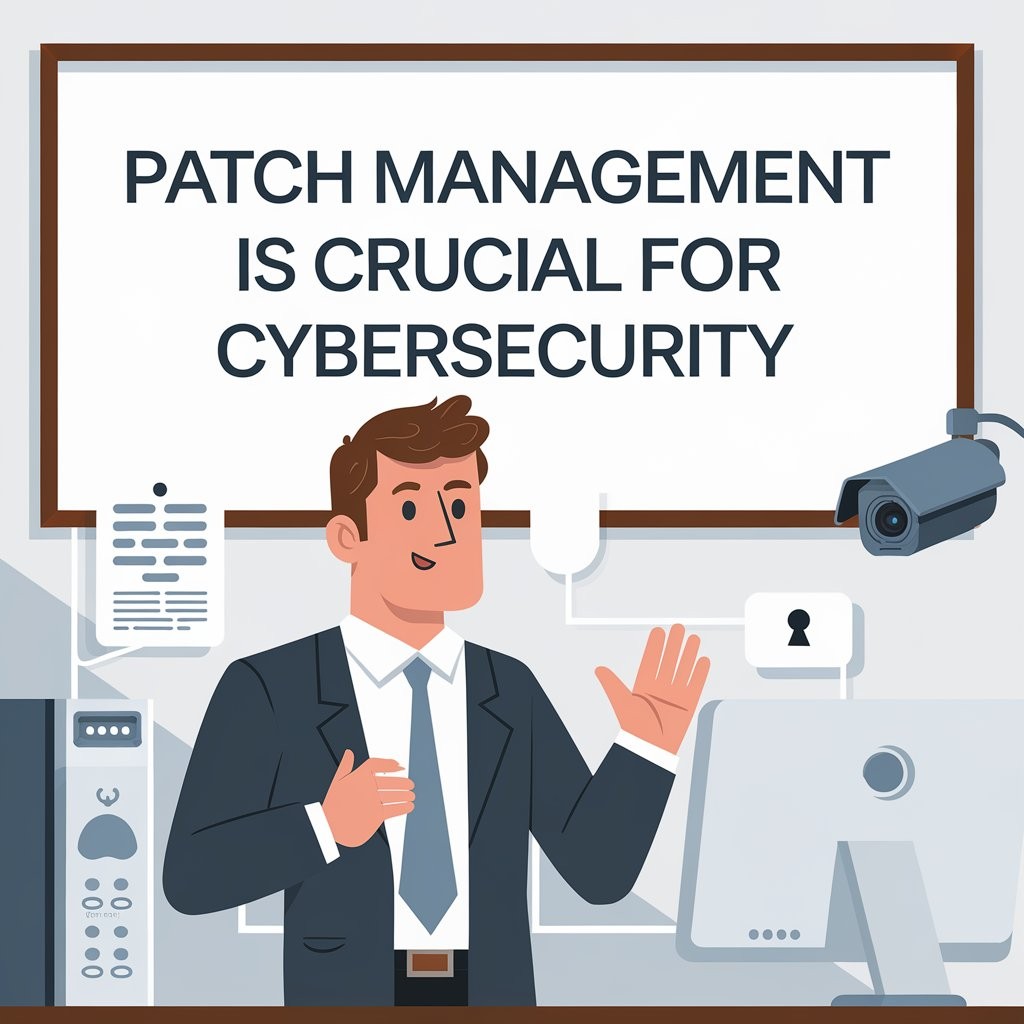UA
10 Min Read
1. Static Application Security Testing (SAST)
Static Application Security Testing (SAST) is a method that analyzes source code or binaries for potential security vulnerabilities without executing the program. This technique focuses on identifying issues in the code before the software is run, enabling early detection and resolution of vulnerabilities.
How it works: SAST tools scan the codebase to identify vulnerabilities like buffer overflows, injection flaws (e.g., SQL injection), hard-coded secrets, and unsafe functions.
Tools: Checkmarx, Fortify, SonarQube, and Veracode.
2. Dynamic Application Security Testing (DAST)
Dynamic Application Security Testing (DAST) involves testing the running application to identify vulnerabilities that may only become apparent during execution. DAST focuses on identifying issues that occur when the application interacts with real user inputs and systems.
How it works: DAST tools perform automated security tests on the live application, simulating various types of attacks (e.g., cross-site scripting (XSS), SQL injection, and command injection) to find vulnerabilities.
Tools: OWASP ZAP, Burp Suite, and Acunetix.
3. Penetration Testing
Penetration testing (also known as ethical hacking) involves simulating real-world cyberattacks on the software to identify vulnerabilities that could be exploited by malicious actors. This is a hands-on, human-driven approach to identifying vulnerabilities.
How it works: Penetration testers (ethical hackers) use a combination of manual techniques and automated tools to exploit vulnerabilities, test defenses, and assess the security posture of the application.
Tools: Metasploit, Kali Linux, Burp Suite.
4. Code Review
Code review is a manual process where developers or security experts inspect the codebase for security flaws, logic errors, and coding practices that could lead to vulnerabilities. It’s a proactive approach to vulnerability detection.
How it works: A developer or security expert reviews the code for known security issues, bad coding practices, and areas where vulnerabilities might arise (e.g., improper input validation).
Best practices: Focus on critical areas like authentication, authorization, error handling, and data input/output.
5. Dependency Scanning
Applications often rely on third-party libraries and frameworks, which can introduce vulnerabilities if not properly managed. Dependency scanning tools identify vulnerabilities in these third-party components.
How it works: Dependency scanning tools check the versions of libraries and frameworks used by the application against databases of known vulnerabilities (such as the National Vulnerability Database (NVD)).
Tools: Snyk, WhiteSource, OWASP Dependency-Check.
6. Fuzz Testing
Fuzz testing involves inputting a large amount of random, malformed, or unexpected data into a software application to identify vulnerabilities related to input handling.
How it works: Fuzzing tools send random or malformed inputs to the application and monitor for crashes or unexpected behavior that could indicate vulnerabilities like memory corruption or buffer overflows.
Tools: American Fuzzy Lop (AFL), Peach Fuzzer, and AFL++.
7. Security Audits
A security audit involves a comprehensive review of the software and its systems by security professionals to identify vulnerabilities and security risks. This can include looking at configuration files, access control policies, encryption standards, and the overall system architecture.
How it works: Security auditors perform a holistic review of the software, identifying any areas of non-compliance with security best practices and industry standards.
Tools: OpenVAS, Nexpose, and Nessus.
8. Threat Modeling
Threat modeling is the process of identifying and prioritizing potential security threats to the application. By considering various attack vectors, software developers can anticipate and mitigate vulnerabilities before they are introduced.
How it works: The development team creates a model of potential attack vectors, identifies system components at risk, and analyzes security threats such as unauthorized access, data leakage, and denial of service.
Frameworks: STRIDE, PASTA, and OCTAVE.
9. Security Testing Frameworks
Various security testing frameworks can assist in identifying software vulnerabilities by providing structured approaches for testing specific security aspects of an application.
How it works: Security frameworks provide a set of guidelines for testing specific security concerns (e.g., authentication, data storage) and mapping those concerns to known vulnerabilities.
Examples: OWASP Web Security Testing Guide, OSSTMM (Open Source Security Testing Methodology Manual), and NIST SP 800-115.
10. Vulnerability Databases and Feeds
Software vulnerabilities are often documented in vulnerability databases and shared via feeds. These resources can help identify vulnerabilities that may affect your software or its components.
How it works: Regularly check databases and feeds for vulnerabilities that might impact your application or the libraries and tools it relies on.
Sources: National Vulnerability Database (NVD), CVE (Common Vulnerabilities and Exposures), and Exploit Database.
11. Continuous Security Monitoring
Continuous security monitoring involves monitoring the software’s performance and behavior in real-time to detect and respond to potential vulnerabilities or security incidents. This process enables teams to identify security flaws as they emerge and fix them promptly.
How it works: Use real-time monitoring tools to keep an eye on software interactions, server performance, and user behaviors that could signal security issues.
Tools: Splunk, Datadog, and New Relic. audit3aa
Join our newsletter list
Sign up to get the most recent blog articles in your email every week.
You can copy our materials only after making sure that your services are safe.
This site is protected by reCAPTCHA and the Google Privacy Policy and Terms of Service apply.










